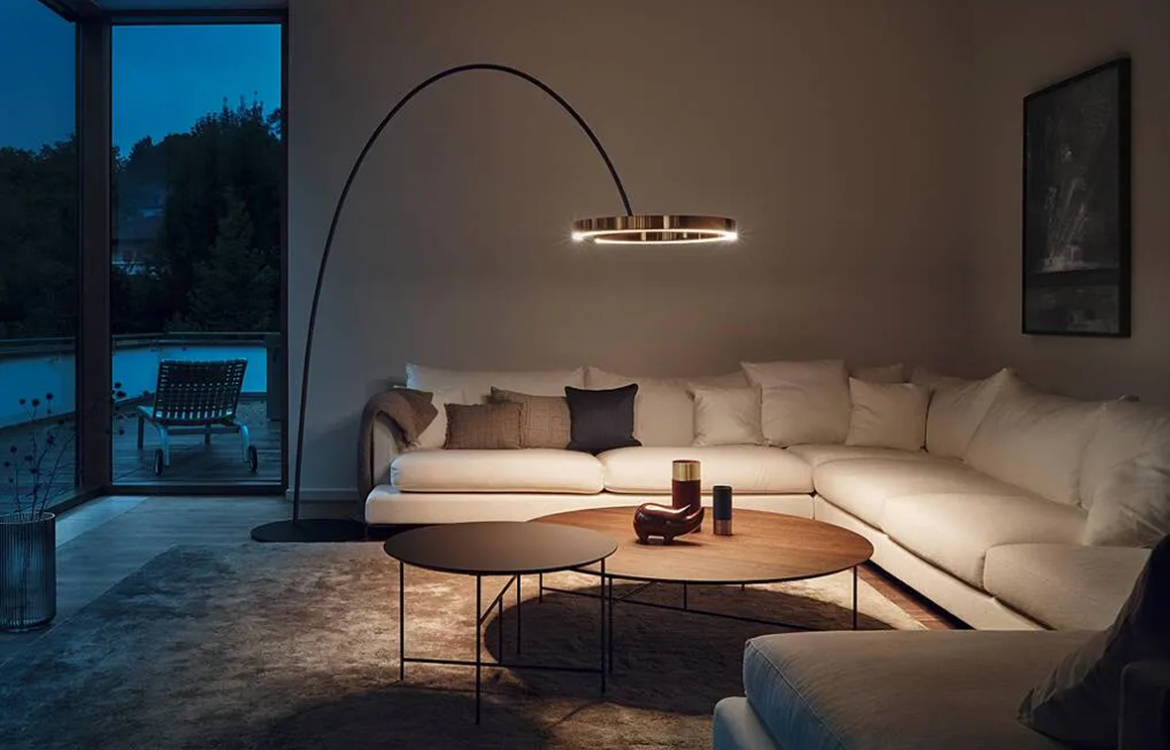Lighting in Work and Public Spaces
UK workplaces increasingly recognise lighting’s impact on productivity and wellbeing:
Advertising
-
Offices implement circadian-friendly lighting systems to reduce fatigue.
-
Schools use daylight-mimicking lights to enhance learning environments.
-
Healthcare facilities employ adjustable lighting to support patient recovery and staff alertness.
Technological Innovations
Smart lighting systems integrated with sensors can adapt automatically to daylight levels and occupancy, optimising energy use and comfort.
Human-centric lighting is an emerging trend in the UK, tailoring light exposure to individuals’ biological needs.
Cultural and Aesthetic Influences
Lighting design in UK interiors reflects both historical traditions and modern aesthetics, balancing practicality with style.
From the warm glow of traditional gas lamps in historic homes to sleek minimalist fixtures in contemporary apartments, lighting conveys identity and atmosphere.
Conclusion
In the United Kingdom, where light availability fluctuates significantly, harnessing the power of lighting as a mood tool is essential. Thoughtful lighting design enhances mental health, productivity, and emotional wellbeing, transforming indoor spaces into havens that nurture the human spirit.
By combining natural and artificial light sources, adjusting colour and intensity, and embracing smart technologies, UK residents and designers can create interiors that not only look beautiful but also feel harmonious and energising — no matter the season.

